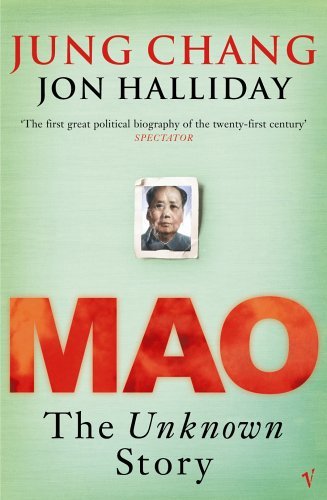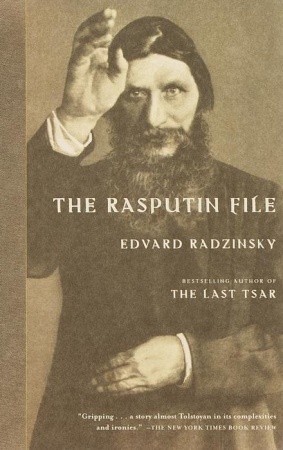
Young Stalin
Book Description
From the smoky taverns of Tiflis to the brutal streets of revolution, “Young Stalin” unveils the rise of a tyrant in the making. This gripping biography plunges deep into the early years of a man who would shake the foundations of the world. With fierce ambition, ruthless intrigue, and a web of loyalty and betrayal, the young Joseph Stalin navigates a treacherous landscape of politics, power, and personal vendettas. As friendships are forged and enemies are vanquished, a chilling question looms: How does the boy shaped by violence become the leader whose name strikes fear in millions?
Quick Book Summary
"Young Stalin" by Simon Sebag Montefiore explores the dramatic and turbulent early life of one of history’s most infamous leaders, Joseph Stalin. The biography traces Stalin’s origins in the small Georgian town of Gori, delving into his family background, education, and the formative experiences that shaped his character. Montefiore presents a vivid portrait of a young man marked by ambition, charisma, and ruthlessness as he rises through the ranks of revolutionary circles. The book delves into Stalin’s criminal exploits, like bank robberies and political assassinations, and highlights his relationships with comrades and rivals. Drawing on rich archival material, Montefiore reveals how the seeds of violence, secrecy, and paranoia took root in Stalin’s youth, setting the stage for his later totalitarian rule.
Summary of Key Ideas
Table of Contents
Stalin's Georgian Origins and Early Trauma
Joseph Stalin’s early years are rooted in the rugged terrain of Georgia, where he was born Ioseb Jughashvili in 1878. Montefiore details a childhood marred by poverty, familial instability, and violence. His alcoholic father’s brutality and his mother’s fierce devotion deeply affected young Stalin, planting seeds of insecurity and resilience. The strict, often abusive, environment of his theological schooling both repressed and awakened Stalin’s rebellious instincts, laying the groundwork for his skepticism towards authority and a desire to assert control.
Revolutionary Networks and Criminal Activities
Stalin’s entry into the world of revolutionary politics introduced him to a subculture of conspiratorial intrigue. He became involved with radical Marxist groups, navigating clandestine meetings, underground publications, and the constant threat of Tsarist police. Here, Stalin honed his skills in propaganda, recruitment, and subversion. Crucially, he also immersed himself in the criminal underworld, orchestrating bank heists and kidnappings to fund the Bolshevik cause. His readiness to embrace violence and risk distinguished him within the movement, attracting both admirers and wary observers.
Psychological Evolution and Ruthlessness
Montefiore explores how Stalin’s psychological makeup—marked by suspicion, a thirst for power, and suppressed insecurities—intensified during these years. The chaos of revolutionary struggle demanded adaptability and ruthless decision-making. Stalin mastered a dual persona: on one hand, a comrade loyal to the cause, and on the other, a calculating operator willing to eliminate rivals or betray allies. These experiences ingrained a lasting pattern of paranoia and secrecy, core traits that would later define his dictatorship.
Manipulation, Loyalty, and Betrayal
Central to Stalin’s rise was his ability to manipulate networks of loyalty and foster alliances—while also sowing division. He skillfully navigated the shifting alliances within revolutionary circles, forming bonds with figures such as Lenin while undermining or outmaneuvering enemies like Trotsky. Trust was a rare commodity; betrayal was commonplace. Stalin’s adaptability and resilience enabled him to survive purges, arrests, and multiple exiles, reinforcing his belief in using any means necessary to achieve his ends.
Formation of Ideology and Rise to Power
Ultimately, Montefiore shows that Stalin’s youth was not merely a prelude but the crucible in which his ideology and leadership style were forged. Through exposure to Marxism, constant confrontation with authority, and immersion in violence, Stalin emerged as a driven, deeply secretive, and dangerously pragmatic figure. The interplay of personal trauma, political chaos, and a culture of betrayal produced a leader capable of both inspiring and terrifying those around him—foreshadowing the relentless autocrat he would become in the Soviet Union.
Download This Summary
Get a free PDF of this summary instantly — no email required.





